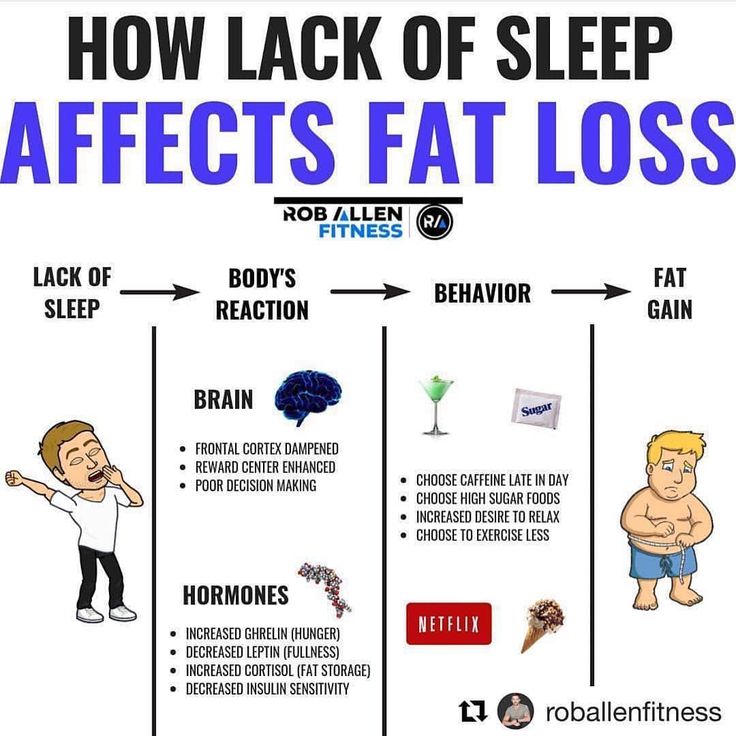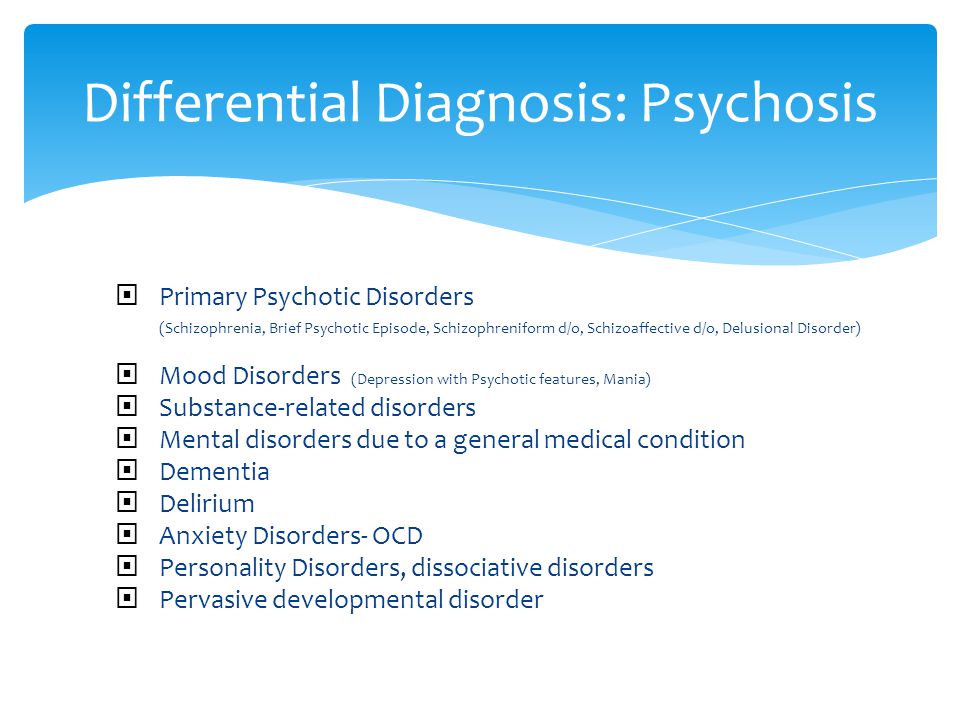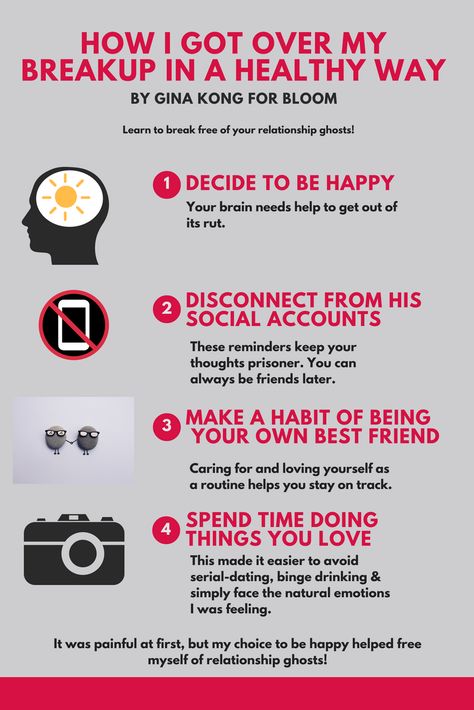Irrational fear of animals
Phobia of Animals (Zoophobia): Symptoms, Causes, Treatment
Zoophobia refers to a fear of animals. Most of the time, this fear is directed at a specific type of animal. However, it’s also possible for a person with zoophobia to fear all or many types of animals.
Zoophobia is one of the many types of specific phobias. A specific phobia is an anxiety disorder in which you have an intense, exaggerated fear of something like an animal, object, or situation.
How common is phobia of animals?
Overall, specific phobias are common. According to the National Institute of Mental Health (NIMH), about 12.5 percent of adults in the United States will experience a specific phobia during their lifetimes.
Animal phobias are one of the most common types of specific phobia. A small 2018 research review assessed phobias across three large surveys. It found that zoophobia was consistently one of the most reported types of phobia.
The exact cause of zoophobia isn’t known. It’s possible that several factors could contribute to the development of the condition, including:
- Negative experiences. Having a negative experience with an animal may cause you to fear it. For example, someone who’s been attacked by a dog may become afraid of dogs.
- Learned behaviors. We may also learn to fear animals from someone who is close to us, such as a parent or sibling. For example, if your parent is terrified of spiders, you may learn to fear them as well.
- Genetics. There’s a possibility that genetics may also play a role in specific phobias.
- Fear processing. We process fear and anxiety in different ways. Some people may just be more anxious than others, making them more likely to develop a specific phobia.
One of the main symptoms of a specific phobia is an overwhelming fear of something. This fear is typically exaggerated compared to the threat that the object of fear actually presents.
In the case of zoophobia, someone feels an intense fear when exposed to an animal. It’s important to note that exposure doesn’t have to mean that an animal is actually be present. A person with zoophobia may also feel fear when:
- thinking about an animal
- talking about an animal
- hearing about an animal
- seeing pictures or videos of an animal
Someone with zoophobia may also avoid activities that expose them to an animal. Some examples include avoiding watching nature documentaries, going to the zoo, or even going over to a friend’s house when they have pets.
There are also physical symptoms that are associated with specific phobias. For example, someone with zoophobia may also experience the following when exposed to an animal:
- increased heart rate
- increased sweating
- trembling
- shortness of breath
- feeling lightheaded or faint
- tightness in your chest
- nausea
Signs of zoophobia in children
Children with zoophobia may show additional symptoms, including:
- freezing up
- crying
- clinging
- throwing a tantrum
It’s possible that someone can develop a zoophobia to any type of animal. It’s also possible that someone can have a fear of all animals. However, some animal-related phobias are more common than others. These include:
It’s also possible that someone can have a fear of all animals. However, some animal-related phobias are more common than others. These include:
- ailurophobia (fear of cats)
- arachnophobia (fear of spiders)
- chiroptophobia (fear of bats)
- cynophobia (fear of dogs)
- entomophobia (fear of insects)
- equinophobia (fear of horses)
- helminthophobia (fear of worms)
- herpetophobia (fear of reptiles)
- ichthyophobia (fear of fish)
- mellisophobia (fear of bees)
- musophobia (fear of mice and rats)
- ophidiophobia (fear of snakes)
- ornithophobia (fear of birds)
- ranidaphobia (fear of frogs and toads)
From the list above, two types of animals stand apart — snakes and spiders. A 2020 study found that these animals account for most zoophobias. It’s possible that factors like feelings of disgust and perceived danger play a role in how common these two zoophobias are.
If you have zoophobia, there are some things you can do to help you cope:
- Try to limit avoiding certain activities.
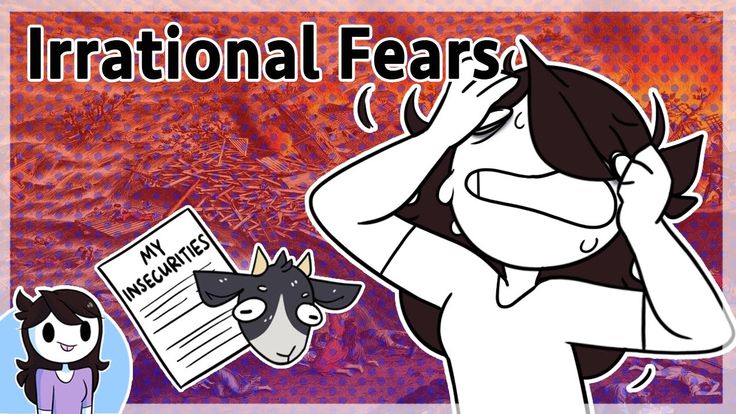 Going out of your way to avoid activities where animals may be present can reinforce your phobia.
Going out of your way to avoid activities where animals may be present can reinforce your phobia. - Keep yourself healthy. Taking care of yourself by eating a healthy diet, getting regular exercise, and making sure you get enough sleep can all help to reduce your symptoms.
- Try stress-reducing techniques. Try to find a way to reduce stress that works for you. Some examples include yoga, meditation, and breathing techniques.
- Connect with others. Talk with other people, such as family and friends about what you’re feeling. Joining a support group may also help.
If you’re finding that the physical symptoms of your phobia are interfering with your daily life, it may be a good idea to contact a mental health professional, such as a psychiatrist or psychologist.
Some areas of your life that a specific phobia can interfere with include:
- relationships with friends and loved ones
- work or school
- social interactions
- daily activities
A mental health professional can speak with you about your feelings and symptoms. Using this information, they can develop a treatment plan that’s right for your experience.
Using this information, they can develop a treatment plan that’s right for your experience.
Now let’s examine the different treatment options that are available for zoophobia.
Exposure therapy
During exposure therapy, you’ll be gradually exposed to the object of your fear. The first sessions involve exposures that lead to the least amount of anxiety. Working with your therapist, you’ll gradually build up to more anxiety-causing situations.
Let’s use a specific type of zoophobia, ornithophobia (fear of birds), as an example of how this type of therapy could progress over time. We’ll start with the initial scenario and then move toward the most anxiety-producing situation.
- thinking about birds
- talking about birds
- looking at a picture of a bird
- listening to the sounds of birds chirping
- watching a video reel of different types of birds
- going to a zoo to look at the birds
- touching or petting a bird
- letting a bird sit on your arm or shoulder
As part of your exposure therapy, your therapist will also teach you skills to help you manage the feelings of anxiety that occur due to your phobia.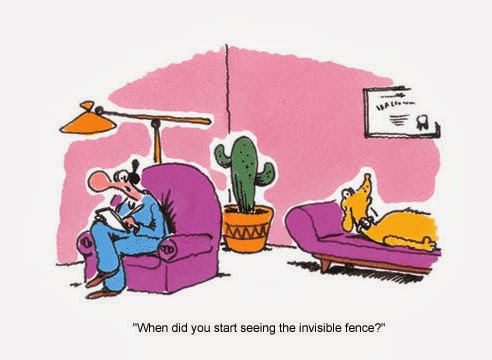 These can include breathing techniques as well as relaxation techniques.
These can include breathing techniques as well as relaxation techniques.
Exposure therapy doesn’t always have to mean an animal will be physically present. A small 2016 study showed that it’s also possible that virtual reality can be used as a part of exposure therapy.
Cognitive behavioral therapy (CBT)
CBT is often combined with exposure therapy. With your therapist, you’ll work through the negative thoughts and feelings that lead to your phobia. You’ll then reshape these beliefs and emotions with the aim of reducing your fear.
Medications
Medications are only typically used for specific phobias on a short-term basis. In some cases, they may be useful to help you cope with anxiety as you undergo treatment.
Two examples of medications you may be prescribed are beta-blockers and benzodiazepines.
However, benzodiazepines are not typically used to treat phobias. According to the FDA, these medications now have to carry a “black box” warning alerting consumers they can be habit-forming and should be taken with precaution.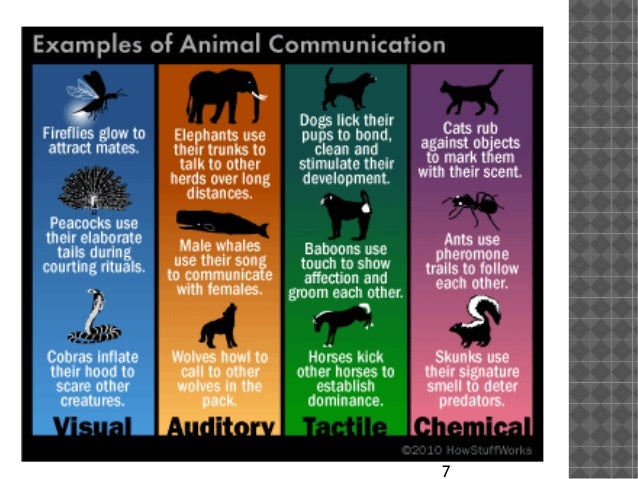
Remember to always talk with your healthcare provider before taking any medication.
Takeaway
Zoophobia is the fear of animals. It can refer to a fear of a specific animal or to a fear of all animals. Zoophobias are one of the most common types of specific phobia. The most common zoophobias are those to snakes and spiders.
Someone with zoophobia feels intensely anxious when around an animal or animals. This feeling is typically exaggerated compared to the threat that the animal actually poses. Physical symptoms can also occur.
Zoophobias can be treated using therapy and, occasionally, medications. If you have an animal-related fear that’s significantly interfering with your life, you may want to consider contacting a mental health professional to talk about it.
Phobia of Animals (Zoophobia): Symptoms, Causes, Treatment
Zoophobia refers to a fear of animals. Most of the time, this fear is directed at a specific type of animal. However, it’s also possible for a person with zoophobia to fear all or many types of animals.
However, it’s also possible for a person with zoophobia to fear all or many types of animals.
Zoophobia is one of the many types of specific phobias. A specific phobia is an anxiety disorder in which you have an intense, exaggerated fear of something like an animal, object, or situation.
How common is phobia of animals?
Overall, specific phobias are common. According to the National Institute of Mental Health (NIMH), about 12.5 percent of adults in the United States will experience a specific phobia during their lifetimes.
Animal phobias are one of the most common types of specific phobia. A small 2018 research review assessed phobias across three large surveys. It found that zoophobia was consistently one of the most reported types of phobia.
The exact cause of zoophobia isn’t known. It’s possible that several factors could contribute to the development of the condition, including:
- Negative experiences. Having a negative experience with an animal may cause you to fear it.
 For example, someone who’s been attacked by a dog may become afraid of dogs.
For example, someone who’s been attacked by a dog may become afraid of dogs. - Learned behaviors. We may also learn to fear animals from someone who is close to us, such as a parent or sibling. For example, if your parent is terrified of spiders, you may learn to fear them as well.
- Genetics. There’s a possibility that genetics may also play a role in specific phobias.
- Fear processing. We process fear and anxiety in different ways. Some people may just be more anxious than others, making them more likely to develop a specific phobia.
One of the main symptoms of a specific phobia is an overwhelming fear of something. This fear is typically exaggerated compared to the threat that the object of fear actually presents.
In the case of zoophobia, someone feels an intense fear when exposed to an animal. It’s important to note that exposure doesn’t have to mean that an animal is actually be present. A person with zoophobia may also feel fear when:
- thinking about an animal
- talking about an animal
- hearing about an animal
- seeing pictures or videos of an animal
Someone with zoophobia may also avoid activities that expose them to an animal.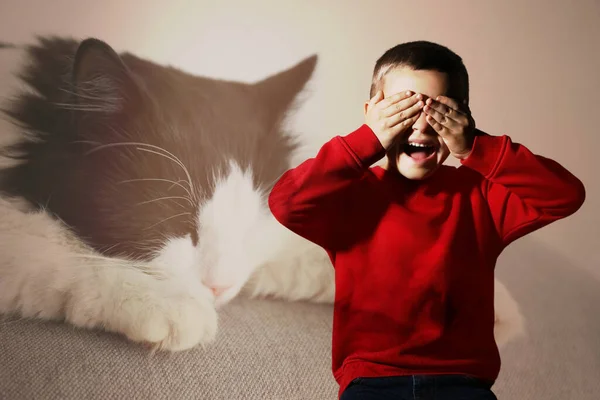 Some examples include avoiding watching nature documentaries, going to the zoo, or even going over to a friend’s house when they have pets.
Some examples include avoiding watching nature documentaries, going to the zoo, or even going over to a friend’s house when they have pets.
There are also physical symptoms that are associated with specific phobias. For example, someone with zoophobia may also experience the following when exposed to an animal:
- increased heart rate
- increased sweating
- trembling
- shortness of breath
- feeling lightheaded or faint
- tightness in your chest
- nausea
Signs of zoophobia in children
Children with zoophobia may show additional symptoms, including:
- freezing up
- crying
- clinging
- throwing a tantrum
It’s possible that someone can develop a zoophobia to any type of animal. It’s also possible that someone can have a fear of all animals. However, some animal-related phobias are more common than others. These include:
- ailurophobia (fear of cats)
- arachnophobia (fear of spiders)
- chiroptophobia (fear of bats)
- cynophobia (fear of dogs)
- entomophobia (fear of insects)
- equinophobia (fear of horses)
- helminthophobia (fear of worms)
- herpetophobia (fear of reptiles)
- ichthyophobia (fear of fish)
- mellisophobia (fear of bees)
- musophobia (fear of mice and rats)
- ophidiophobia (fear of snakes)
- ornithophobia (fear of birds)
- ranidaphobia (fear of frogs and toads)
From the list above, two types of animals stand apart — snakes and spiders. A 2020 study found that these animals account for most zoophobias. It’s possible that factors like feelings of disgust and perceived danger play a role in how common these two zoophobias are.
A 2020 study found that these animals account for most zoophobias. It’s possible that factors like feelings of disgust and perceived danger play a role in how common these two zoophobias are.
If you have zoophobia, there are some things you can do to help you cope:
- Try to limit avoiding certain activities. Going out of your way to avoid activities where animals may be present can reinforce your phobia.
- Keep yourself healthy. Taking care of yourself by eating a healthy diet, getting regular exercise, and making sure you get enough sleep can all help to reduce your symptoms.
- Try stress-reducing techniques. Try to find a way to reduce stress that works for you. Some examples include yoga, meditation, and breathing techniques.
- Connect with others. Talk with other people, such as family and friends about what you’re feeling. Joining a support group may also help.
If you’re finding that the physical symptoms of your phobia are interfering with your daily life, it may be a good idea to contact a mental health professional, such as a psychiatrist or psychologist.
Some areas of your life that a specific phobia can interfere with include:
- relationships with friends and loved ones
- work or school
- social interactions
- daily activities
A mental health professional can speak with you about your feelings and symptoms. Using this information, they can develop a treatment plan that’s right for your experience.
Now let’s examine the different treatment options that are available for zoophobia.
Exposure therapy
During exposure therapy, you’ll be gradually exposed to the object of your fear. The first sessions involve exposures that lead to the least amount of anxiety. Working with your therapist, you’ll gradually build up to more anxiety-causing situations.
Let’s use a specific type of zoophobia, ornithophobia (fear of birds), as an example of how this type of therapy could progress over time. We’ll start with the initial scenario and then move toward the most anxiety-producing situation.
- thinking about birds
- talking about birds
- looking at a picture of a bird
- listening to the sounds of birds chirping
- watching a video reel of different types of birds
- going to a zoo to look at the birds
- touching or petting a bird
- letting a bird sit on your arm or shoulder
As part of your exposure therapy, your therapist will also teach you skills to help you manage the feelings of anxiety that occur due to your phobia. These can include breathing techniques as well as relaxation techniques.
Exposure therapy doesn’t always have to mean an animal will be physically present. A small 2016 study showed that it’s also possible that virtual reality can be used as a part of exposure therapy.
Cognitive behavioral therapy (CBT)
CBT is often combined with exposure therapy. With your therapist, you’ll work through the negative thoughts and feelings that lead to your phobia. You’ll then reshape these beliefs and emotions with the aim of reducing your fear.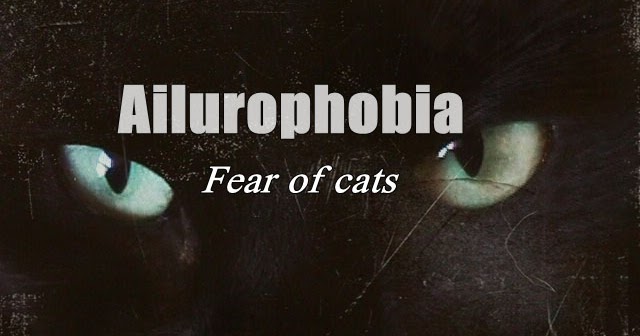
Medications
Medications are only typically used for specific phobias on a short-term basis. In some cases, they may be useful to help you cope with anxiety as you undergo treatment.
Two examples of medications you may be prescribed are beta-blockers and benzodiazepines.
However, benzodiazepines are not typically used to treat phobias. According to the FDA, these medications now have to carry a “black box” warning alerting consumers they can be habit-forming and should be taken with precaution.
Remember to always talk with your healthcare provider before taking any medication.
Takeaway
Zoophobia is the fear of animals. It can refer to a fear of a specific animal or to a fear of all animals. Zoophobias are one of the most common types of specific phobia. The most common zoophobias are those to snakes and spiders.
Someone with zoophobia feels intensely anxious when around an animal or animals. This feeling is typically exaggerated compared to the threat that the animal actually poses. Physical symptoms can also occur.
Physical symptoms can also occur.
Zoophobias can be treated using therapy and, occasionally, medications. If you have an animal-related fear that’s significantly interfering with your life, you may want to consider contacting a mental health professional to talk about it.
How to overcome an irrational fear of animals / psychology
An irrational fear of animals is a phobia known as cynophobia . Immanuel Kant said that "We can judge a man's heart by the way he treats animals." Unfortunately, many people cannot be judged by this sentence because they experience terrible and irrational panic when around these creatures, especially dogs.
It should be noted that the fear of animals is often irrational and disproportionate, which is a phobia . As a rule, and with the exception of very few situations, a person who is afraid of a dog is not in a situation of real danger, and the dog is far from any attack.
Animal phobia usually appears in childhood .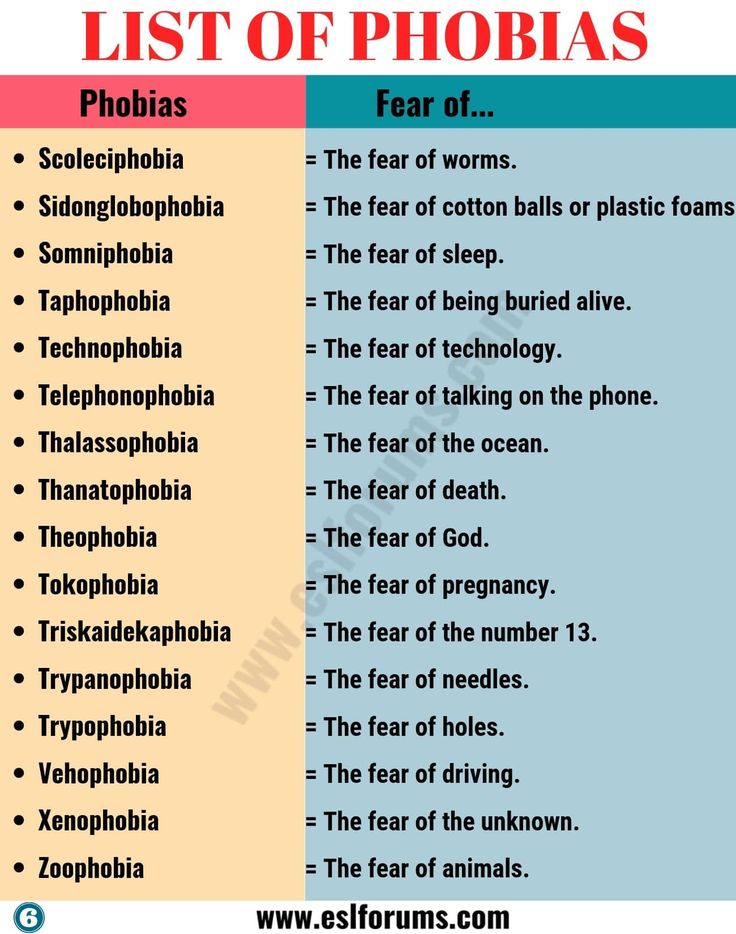 Also the fear of contracting certain diseases, especially rabies, is usually the cause of the development of this phobia, although this development is more complex and more common in adults. Finally, many of children's fears are fearful of dogs because some adults, more with their behavior than their words, have also made it clear that they are dangerous animals.
Also the fear of contracting certain diseases, especially rabies, is usually the cause of the development of this phobia, although this development is more complex and more common in adults. Finally, many of children's fears are fearful of dogs because some adults, more with their behavior than their words, have also made it clear that they are dangerous animals.
On the other hand, cynophobia can be overcome if you know how. To discover scientific methods, we will rely on the postulates of specific phobias, which psychologists M.A. Anthony and D.Kh. Barlow has described in various studies, especially those in '97 and 2002.
"The greatness of a nation and its moral progress can be judged by the way its animals are treated"
-Gandhi-
Fundamentals of overcoming an irrational fear of animals
According to Anthony and Barlow, any effective treatment that works well for phobias goes through exposure to .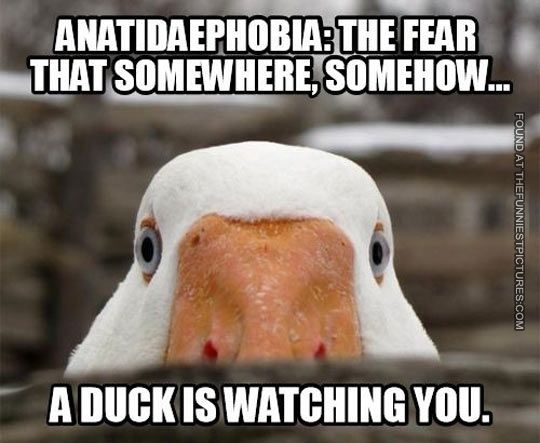 Whatever one may say, a person with an irrational fear of animals will have to repeatedly encounter a stimulus that causes fear. This fact is effective because:
Whatever one may say, a person with an irrational fear of animals will have to repeatedly encounter a stimulus that causes fear. This fact is effective because:
- Habit: Psychological research on this phobia shows that the effect develops in a similar way to smells. The greater the impact, the easier it is to stop perceiving it.
- Exhaustion: Fear of a dangerous stimulus ultimately suggests negative reinforcement. Now, if we can weaken this negative reinforcement until it is completely destroyed, the fear of animals will eventually disappear.
Techniques for Eliminating Fear of Animals
At this moment when we can understand that there is an irrational fear of animals, it is time to turn to a professional who uses the right methods to combat this irrational phobia that causes so many problems for thousands people..
The first and foremost thing to keep in mind is that the person who encounters this phobia knows that it is irrational.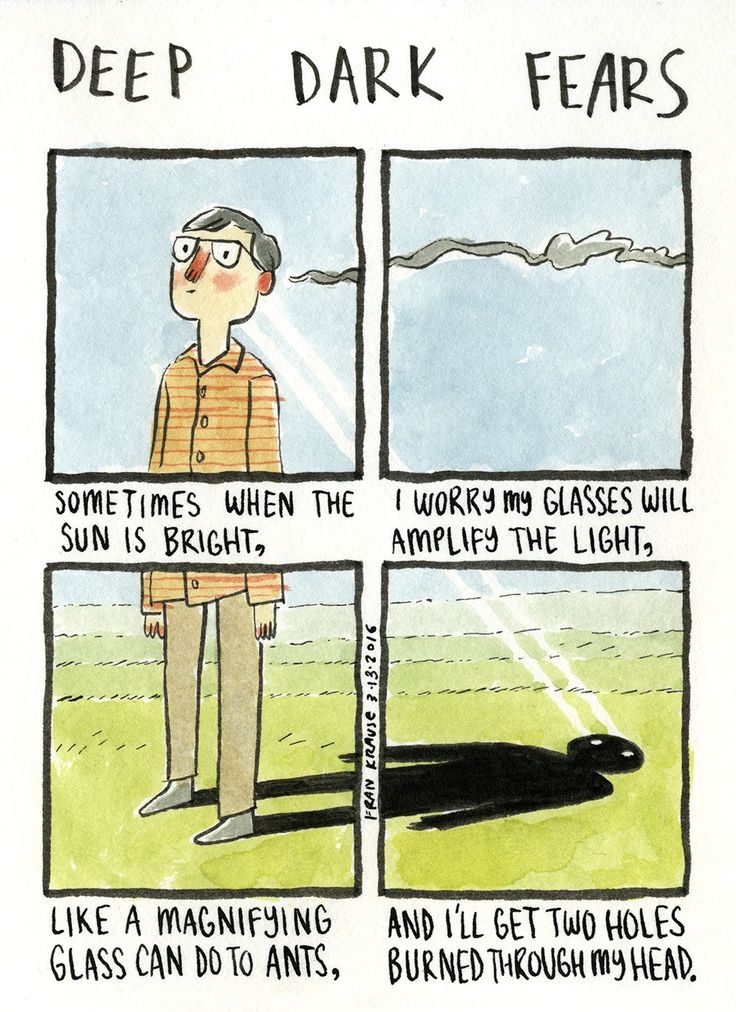 . The psychologist will explain how repeated exposure to your fear will help you reduce the negative reinforcement and train you to live in this situation naturally.
. The psychologist will explain how repeated exposure to your fear will help you reduce the negative reinforcement and train you to live in this situation naturally.
In this sense, we can clarify some basic points: especially the dog, is a repetition of . It must be clearly understood that not a single dog walks down the street with pleasure attacking passers-by. If some dogs or other species behave aggressively, there are a number of logical and natural reasons for their behavior that have nothing to do with the image recorded in the mind of a person with fear. In general, every dog, cat or other species found on the street is used to people. So there is nothing to fear from them.
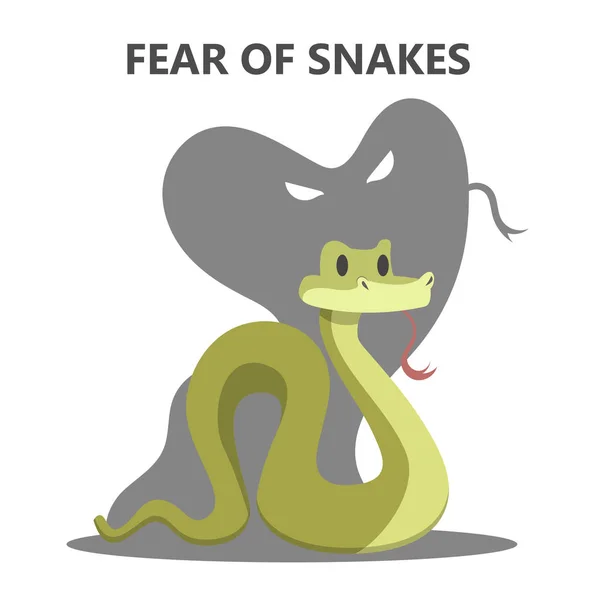 You can start with a video so that later, for example, you can visualize a park with dogs. Of course, always keep a safe distance from safety, especially at the beginning of treatment.
You can start with a video so that later, for example, you can visualize a park with dogs. Of course, always keep a safe distance from safety, especially at the beginning of treatment. “When a person takes pity on all living beings, only then will he become noble”
-Buddha-
in fact, An irrational fear of animals is not only groundless in most cases, but also causes a person to lose all the psychological and physiological benefits that accompany coexistence with a pet. That is why it is important to confront this phobia and see a specialized specialist as soon as possible.
Until you love an animal, your soul will sleep until you understand what it means to love an animal, you don't quite understand what it is to awaken some emotions that can heal the soul. Read more "
Phobias: symptoms and causes
Phobia is called a strong fear that cannot be controlled and rationally explained.
If ordinary fear can be explained logically and thus get rid of it, then phobias are irrational and often occur along with panic attacks. Fighting a phobia is very difficult, since the cause of its occurrence is often difficult to explain, but timely consultation with a psychotherapist can solve this problem and save a person from uncontrollable experiences and unpredictable actions.
The irrationality of a phobia lies in the fact that a person's fear of a certain object or phenomenon does not correspond to the actual danger. For example, a huge, aggressive dog is a threat, and the fear for health and life in this case is rational, but a miniature lapdog in a leash and in a muzzle, which evokes similar emotions, defies explanation. Fear of a dog can be overcome with logical arguments (the owner of the dog is nearby and assures you of its friendliness), but if no one and nothing can calm you down and panic sets in, then this is already a phobia.
Fear of a dog can be overcome with logical arguments (the owner of the dog is nearby and assures you of its friendliness), but if no one and nothing can calm you down and panic sets in, then this is already a phobia.
The symptoms of all types of phobias are similar and resemble those of a panic attack:
- strong heartbeat;
- breathing difficulties, choking;
- dry mouth;
- increased blood pressure;
- discomfort in the stomach and nausea;
- chest pain or pressure;
- shiver;
- dizziness;
- increased sweating;
- weakness in the legs;
- a feeling of unreality of what is happening or of oneself.
The main causes of phobias
Experts identify the following causes of inexplicable fear - biological, genetic, psychological, social.
Biological and hereditary factors
The lack of a certain acid in the body (gamma-aminobutyric acid), which has a sedative effect, leads to an increase in fear and anxiety, which in turn contributes to the risk of phobias. The reasons for the decrease in the amount of this acid can be brain injuries, long-term use of drugs and psychotropic drugs, stress and depression.
The reasons for the decrease in the amount of this acid can be brain injuries, long-term use of drugs and psychotropic drugs, stress and depression.
In addition, the cause of phobias may be a genetic factor. If one of the parents suffers from a phobic disorder, then the risk of developing a phobia in a child is very high. However, what exactly influenced this, hereditary predisposition or certain behavior of a relative, it is difficult to say.
Social causes
Most often, the emergence of phobias contributes to the influence of external factors, especially various events of a shocking nature that occurred in childhood. It is the psychological traumas of childhood: insect or animal bites, loss of loved ones or prolonged separation, negative experience of swimming or indoors, and the like that usually grow into unpredictable fears.
Psychological factors
Some phobic disorders and panic attacks are not traceable to any trauma or event, in which case the causes are often hidden in the subconscious.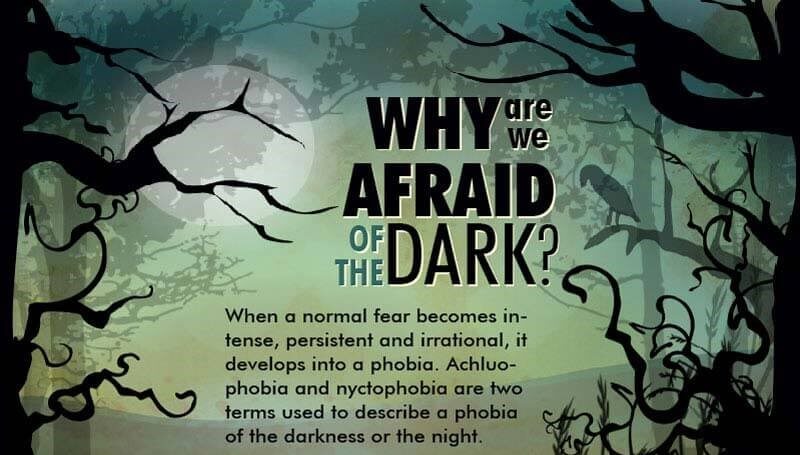 Incorrect explanation of any words or actions, an incorrect view of current and future events, infringement of characteristic features and other psychological problems can also affect the occurrence of phobias.
Incorrect explanation of any words or actions, an incorrect view of current and future events, infringement of characteristic features and other psychological problems can also affect the occurrence of phobias.
Certain fears appeared in the process of evolution, for example, the fear of open space has its roots in the distant past, when there was a danger of attack by wild animals in an unprotected place.
Social causes
The appearance of social phobias can be facilitated by excessively strict upbringing or criticism of parents, inadequate assessment by adults of the events taking place with the child, unsuccessful experience of communicating with peers or the opposite sex.
Thus, traumatic situations, affecting the fragile psyche or hereditary predisposition, as well as social and financial situation, contribute to the emergence and development of various phobias.
Types of phobias
Currently, experts distinguish about 400 types of irrational fear. The systematization of phobias is a rather difficult process, since here it is necessary to take into account the factors of their appearance and development, signs and methods of treatment. Let us dwell on the most popular way of distinguishing varieties of phobias - according to the plot of fear, i.e., according to the object that causes such strong emotions.
The systematization of phobias is a rather difficult process, since here it is necessary to take into account the factors of their appearance and development, signs and methods of treatment. Let us dwell on the most popular way of distinguishing varieties of phobias - according to the plot of fear, i.e., according to the object that causes such strong emotions.
Fear of certain situations
This includes the strongest negative experiences from anticipation or being in a situation. Such phobias usually appear after experiencing intense fear in certain circumstances. This may be the fear of any type of transport (airplanes, ships, trains, etc.), closed or open spaces, as well as the fear of loneliness, etc.
Social phobias
Here are collected all the fears associated with the pathological horror of being in front of other people: fear of speaking in public, unfamiliar society, exams, large crowds, and so on.
Fear of people
Inexplicable horror can be caused by people of a certain profession, nationality, status, gender, sexual orientation, age, appearance, etc.
Fear of disease (nosophobia)
Any sane person avoids disease by maintaining a healthy lifestyle, taking prescribed vitamins and medications on time, but for some, concern for their well-being goes beyond reasonable limits and develops into an irrational pursuit of health. More and more people in our time are subject to the fear of cancer (carcinophobia).
Thanatophobia
- fear of death. Probably, we are all afraid of dying to some extent, but thanatophobes experience constant panic and anxiety, which provokes the occurrence of neurosis and prolonged depression in them.
Fear of states
Any person experiences various emotions and understands that these experiences are natural. Some are so afraid of being in a certain state (impoverished, bankrupt, getting rich) that they experience panic attacks. This also includes the fear of experiencing certain emotions, the fear of old age, failure, etc.
This also includes the fear of experiencing certain emotions, the fear of old age, failure, etc.
Fear of action
The anticipation or performance of some action entails an inexplicable fear. It can be a fear of dancing, singing, cooking, studying, performing, and more.
Fear of places
We often avoid certain places where we once experienced negative emotions (morgue, night cemetery). People who are prone to this group of phobias, from the mere thought of some place (elevator, roof, church, theater) can experience horror and dizziness.
Fear of substances
A person with this disorder experiences uncontrollable panic to the point of insanity at the mention or sight of some substance. The most common phobias of this type are methylophobia (fear of alcohol), pharmacophobia (fear of drugs), amatophobia (fear of dirt) and cibophobia (fear of food).
Fear of objects
Fear of specific objects often arises after negative situations with these objects that have taken place in life (fear of sharp objects, mirrors, weapons, etc.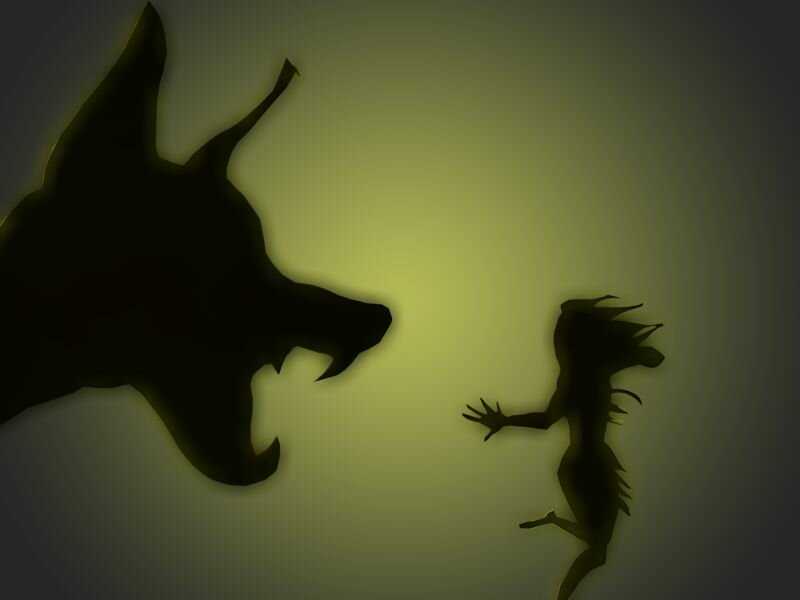 ). In addition, this type of phobia also includes fear of a certain color, size or shape of objects.
). In addition, this type of phobia also includes fear of a certain color, size or shape of objects.
Zoophobia
A fairly large group of horror in front of a certain type of animal. Any person has a fear of wild or aggressive representatives of the animal world, but we are unlikely to experience horror in the zoo or at the mere thought of a certain animal.
Fear of mysticism
Many go into the world of mysticism, not finding themselves in ordinary real life. Fear of committing sin, God's punishment, fear of magicians, sorcerers, holy places - only a small part of the fertile mystical soil for the emergence of phobias.
Fear of natural phenomena
Horror and helplessness experienced before the destructive phenomena of nature is considered the result of genetic memory. Tsunamis, earthquakes, hurricanes are really dangerous, and so far man has not learned to fully cope with them. However, there are a huge number of phobias associated with quite ordinary and harmless phenomena: wind, snow, fog, moon, sunlight, water, and so on.




